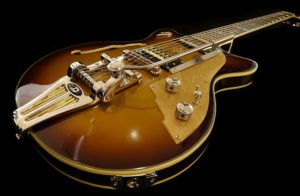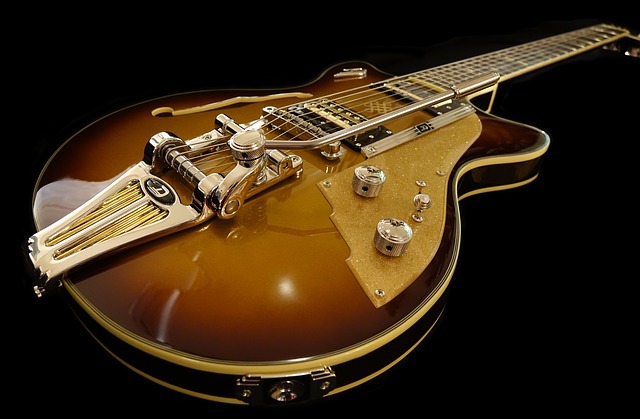 When guitar players start to learn about blues, the first thing they learn practice is their pentatonic scale skills. This scale is considered to be the basis of blues style.
When guitar players start to learn about blues, the first thing they learn practice is their pentatonic scale skills. This scale is considered to be the basis of blues style.
However, despite being widely used, there are still many directions in which we can move to expand the use of the pentatonic, sometimes in unexpected directions. It is possible to find uses for the pentatonic scale in many other music genres.
A number of famous players have explored new direction for the pentatonic. Among them, we can list David Gilmour, Jimmy Page, Jimmy Hendrix, and others. They all incorporated new elements to the pentatonic scale, and achieved great results in their solos.
Here are some tips that you can use to start your own explorations of the pentatonic scales:
1. Playing the Pentatonic Scale
Start trying to use the scale in one string at a time. This may seem strange at first, but the first benefit is to increase your awareness of the fretboard. Doing this, you will quickly improve your visualization of the neck, and understand new way to play your solos.
Another interesting strategy is to imagine “paths” to connect different areas of the fretboard. You can start, for example, in the area of the third fret and then think about possibilities to connect to the seventh fret.
This is an exercise that will also increase your awareness, so that you can have a clear understanding of each area of the guitar, and how they combine to give your new avenues to create music.
2. Practicing With Chord Progressions
You can also do this using common chord progressions. Such a progression can work as a framework, over which you will build and explore new patterns and solo ideas.
Another exercise that will help you achieve fluency is to play by skipping strings. For example, if you start your solo on the forth string, you can skip the third and continue in the second string.
This will force you to come up with fresh ideas, which are not commonly explored. Because moving from one string to next is the standard way to play, avoid this will give you a completely new direction to follow.
3. Using Different Music Styles
The other exercise that you can try is to play pentatonic scales on different music styles. For example, you can try to use your scales over rock and pop songs, or over jazz standards.
In each situation you will notice that the pentatonic has a different flavor, which can be familiar or different to that particular music style. When this happens, you can use this as a way to introduce fresh elements into these compositions.
4. Changing Keys
Changing Keys is an exercise that you help you to work with key changes in your solos.
By doing this, you can achieve much higher fluency over the soloing process, since you’ll be able to understand the key transition in a ore direct way.
5. Trying With Different Rhythms
Using this technique, you will create pentatonic solos in different rhythms. These different approaches will help you enlarge you repertoire of guitar expressions.
Each rhythm will provide a new flavor of the scale, so that it can be used in an unfamiliar settling.
6. Using Open Strings
Another trick that is unique to guitar players is to learn to employ open strings in your pentatonic solos. With open strings, you can even avoid some of the limitations of guitar technique.
With the possibility of using open strings, you will quickly get freedom to play positions that seemed impossible otherwise. This will also give you the ability to employ voices that are otherwise not common in the fretboard.
7. Geting Deeper Into the Pentatonic
Many of these techniques take a lot of time to master. To get the necessary resources and exercises, I highly recommend that you download this lesson that covers all of these techniques, and more.
This master course will explain and demonstrate all of these key concepts and approaches, among others. You’ll get not only video but also standard notation and tabs for all of the performance studies. You’ll also have access to learning tools, such as sync the tab and notation to the video lesson. The course also includes all of the backing tracks.
Learning More About Guitars
If you want to learn more about guitar scales, you should get our free complete guitar course. In these guitar lessons, you’ll learn about:
- Playing any note in the fretboard
- Learning basic and advanced chords
- Tuning your guitar using different methods
- Practicing guitar scales
- Reading guitar tabs
- Knowing the parts of a guitar
- And much more
To get your free copy, just click here and request your guitar course.
